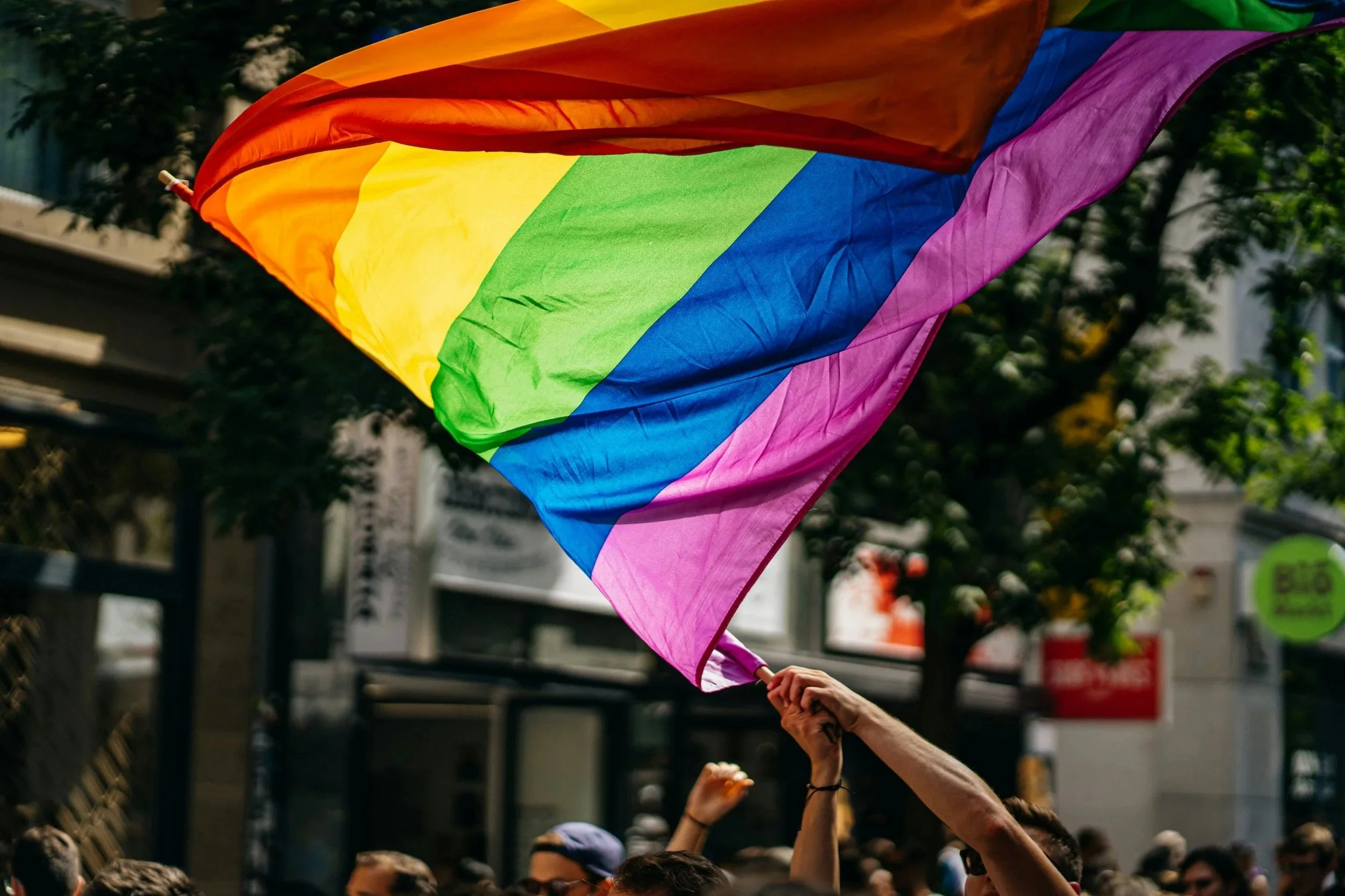Pride Month & PTSD Awareness
June is a month of visibility, reflection, and advocacy. While many people recognize June as Pride Month, honoring the history and resilience of the LGBTQ+ community, it is also Posttraumatic Stress Disorder (PTSD) Awareness Month - a time to engage in conversations about trauma, recovery, and mental health to enhance understanding and awareness.
These observances, while distinct, are deeply interconnected. The LGBTQ+ community is not only rich in diversity and strength, but also disproportionately affected by traumatic experiences. As such, June offers an opportunity to not just celebrate LGBTQ+ identities, but consider the intersection between LGBTQ+ experiences and increased vulnerability to traumatic events and the impact of these experiences on mental health, particularly PTSD.
Understanding PTSD
PTSD is a mental health condition that can develop after exposure to one or more traumatic events, such as violence, abuse, accidents, natural disasters, or other life-threatening events. While many people are exposed to a traumatic event over the course of their lives - estimates ranging from 60-70% in the American population - the majority of people will also eventually recover from those events on their own, without developing long-term mental health concerns. We typically see rates of PTSD at around 6-8% in the general population. LGBTQ+ people are at higher risk of PTSD compared with their cisgender/heterosexual peers (Marchi et al., 2023).
Symptoms of PTSD can include:
Intrusive memories or flashbacks
Intense emotional and/or physiological reactions to the traumatic memory
Avoidance of trauma-related reminders
Hypervigilance or exaggerated startle response
Negative changes in mood and/or thoughts
Emotional numbness or detachment
Healing from PTSD often requires specialized support and the American Psychological Association recently published Clinical Practice Guidelines detailing the best, specialized treatments for the recovery from PTSD. Unfortunately, these effective treatment resources are not always easily accessible, particularly for those who already face discrimination.
Trauma Exposure Among LGBTQ+ Populations
Multiple studies have found that LGBTQ+ individuals experience higher rates of trauma than their heterosexual and cisgender counterparts. This trauma is often the result of a lifetime of stigma, discrimination, and violence, both at the interpersonal and systemic levels.
Some key data:
Sexual assault: ~1 in 2 bisexual women and 1 in 8 lesbian women report rape in their lifetime (CDC, 2010). More than 47% of transgender people report being sexually assaulted at some point in their life (NCTE, 2016).
Hate crimes: LGBTQ+ individuals are 4x more likely than non-LGBTQ+ people to
experience violent hate crimes (FBI, 2022).
Childhood Abuse: LGBTQ+ youth report significantly higher rates of physical, sexual, and emotional abuse compared to heterosexual peers. In fact, LGB Youth are 3x more likely than heterosexual youth to experience sexual abuse before age 18 (Roberts et al., 2010).
Bullying and Discrimination: Over 70% of LGBTQ+ youth report being bullied at school due to their sexual orientation or gender identity (GLSEN, 2023).
PTSD Prevalence in LGBTQ+ Populations
LGBTQ+ populations face significantly higher rates of PTSD than their heterosexual and cisgender counterparts. While PTSD affects around 6-8% of the general population, studies show prevalence rates ranging from 15-30% among LGBTQ+ individuals, depending on the specific subgroup and study. Notably, transgender individuals report particularly high rates, sometimes exceeding 40%. Furthermore, nearly one-third of LGB youth meet clinical criteria for PTSD at some point during adolescence. These statistics underscore the increased vulnerability of the LGBTQ+ community to trauma and its lasting impact on mental health.
Although trauma is widespread in the LGBTQ+ community, access to appropriate care is not equitable. Many LGBTQ+ individuals struggle to find mental health providers who:
Understand queer and trans identities and can offer culturally competent care
Provide science-driven, data supported trauma treatments
Do not invalidate or pathologize their lived experiences
Considering these challenges, Pride and PTSD Awareness Month is an opportunity to spotlight the unique challenges faced by the LGBTQ+ community in healing from trauma and PTSD.
At CABT, we strive to be a part of the solution in providing quality, evidence-based PTSD care to those of all identities and orientations. Our providers specialize in Prolonged Exposure (PE) and Cognitive Processing Therapy (CPT), which along with Cognitive Behavioral Therapy (CBT) are the first-line therapies recognized by the APA for the treatment of PTSD.
Sources and References
FBI Hate Crime Statistics, 2022
The Trevor Project National Survey on LGBTQ Youth Mental Health, 2023
GLSEN National School Climate Survey, 2023
NCTE U.S. Transgender Survey, 2016
Roberts, A.L. et al. (2010). Childhood Abuse and Risk for PTSD in LGB Adults
Russell, S.T., & Fish, J.N. (2016). Mental Health in LGB Youth
Marchi, M., Travascio, A., Uberti, D., De Micheli, E., Grenzi, P., Arcolin, E., … Galeazzi, G. M. (2023). Post-traumatic stress disorder among LGBTQ people: a systematic review and meta-analysis. Epidemiology and Psychiatric Sciences, 32, e44. doi:10.1017/S2045796023000586


